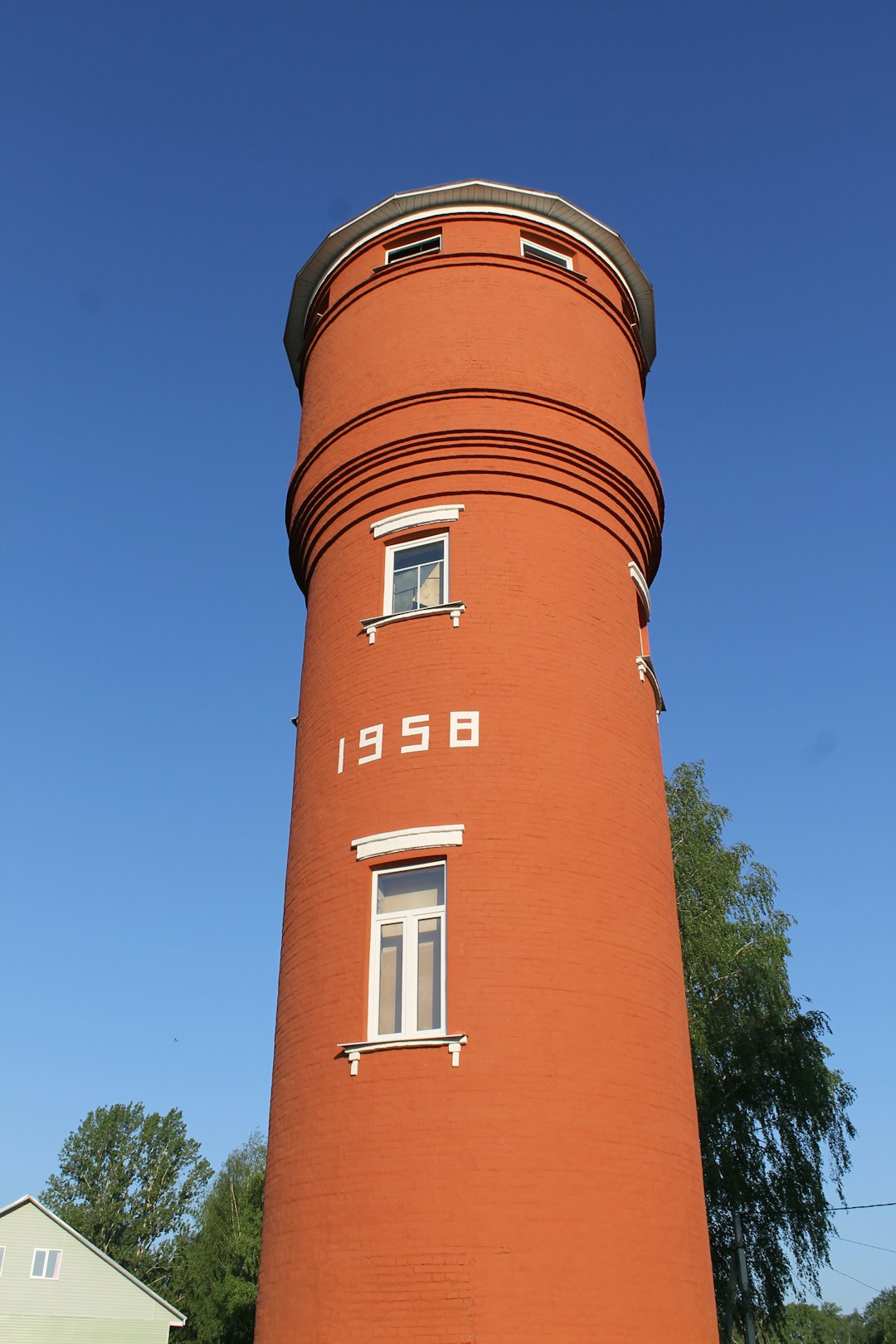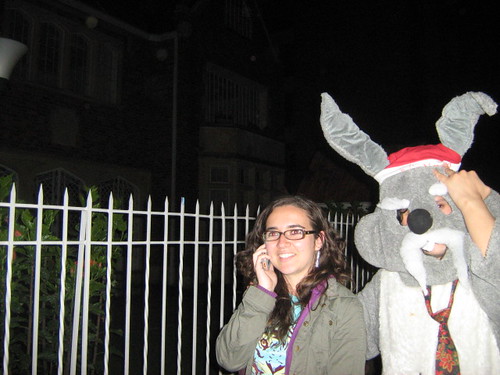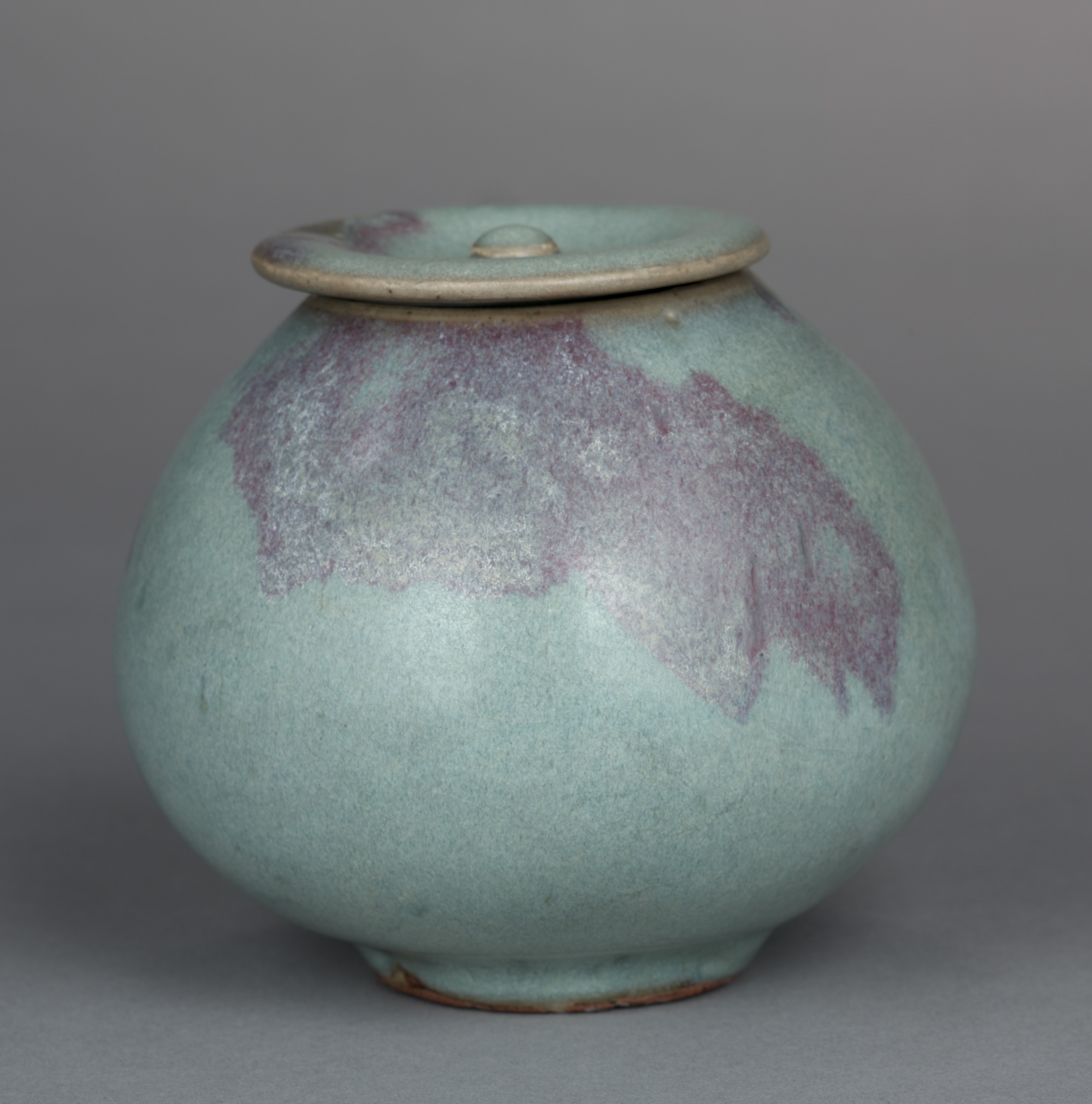
The cone 018 temp is a critical point of reference in the art of low-temperature ceramics, marking a specific heat range pivotal for achieving unique glaze effects and ceramic hardening. Cone temperatures, particularly this one, play an essential role in determining the final outcome of bisque firing, influencing everything from color vibrancy to surface texture. Understanding these temperatures not only enhances the quality of the finished piece but also expands the creative possibilities for ceramic artists.

| Cone Number | Temperature (°F) | Usage |
|---|---|---|
| Cone 018 | 1383°F | Low-temperature bisque firing, special glazes |
| Cone 06 | 1828°F | Commonly used for many commercial glazes |
| Cone 10 | 2345°F | High-temperature stoneware and porcelain |
Understanding the Importance of Cone 018
Firing ceramics is a nuanced process that requires an understanding of terms like "cones." A cone acts as a guide to gauge the heat work done in the kiln, and cone 018 is the sweet spot for low-temperature bisque firings. At 1383°F, this cone enables artists to achieve a distinctive range of glazes offering an array of colors and textures that aren't possible at higher temperatures. For many, it's about achieving translucency and unique surface finishes that make each ceramic piece truly one-of-a-kind.

Exploring Low-Temperature Glazes
Low firing opens up a myriad of options, as special glazes react uniquely at cone 018. Here’s what makes them appealing:
- Color Intensity: Lower temperatures can yield more vibrant colors that remain rich and undisturbed.
- Textural Variations: The surface texture achieved can range from glossy to matte, providing tactile options.
- Layering Possibilities: Artists often layer glazes to attain fascinating combinations and contrasts.
Master of Fine Arts Thesis provides a deep dive into the effects of matte after reduction at these low temperatures, demonstrating the potential of cone 018.

Bisque Firing Essentials
The initial bisque firing at cone 018 is pivotal for preparing ceramics for glazing. This stage not only strengthens the clay body enough to handle the glaze firing but also ensures that any residual moisture is driven out. Thorough bisque firing prevents faults like cracking or unwanted glaze interactions during subsequent firings, allowing the artist’s vision to come to life without unexpected surprises.
For a step-by-step guide, the Cone Art Pottery Kiln Instruction Manual is an invaluable resource for anyone looking to refine their firing process.

Maximizing Creative Potential
In the world of ceramics, understanding cone temperatures is tantamount to unlocking creative possibilities. Artists are encouraged to explore the multitude of effects achievable at cone 018, especially when coupled with other artistic techniques. From achieving daring color schemes to customizing textures, the potential for innovation is vast.
The exhibit Ink & Clay 44 highlights the stunning effects that can be achieved using china paint renders fired to cone 018, showcasing the impressive versatility at this temperature.
Have you experimented with cone 018 in your ceramic practice? Share your experiences and discoveries in the comments below! Let’s inspire each other with the endless possibilities of low-temperature firings. For more, visit our recent articles and stay updated with the latest ceramic innovations.
FIRING A KILN FOR BEGINNERS – IMPORTANT TEMPERATURES // AMACO Classroom Kiln Basics
To complement the discussion on the cone 018 temp and its pivotal role in low-temperature ceramics, AMACO Brent’s video “FIRING A KILN FOR BEGINNERS – IMPORTANT TEMPERATURES // AMACO Classroom Kiln Basics” provides an in-depth exploration of essential firing temperatures.
What temperature is cone 018 in Celsius?
When following typical kiln-firing schedules, cone 018 typically reaches around 678–686°C (about 1252–1267°F). These firing programs often increase the kiln temperature in stages—such as 15°C, 60°C, or even 150°C per hour—especially during the last 100°C to reach the top (target) temperature for low-fire projects.
What cone is 018?
Cone 018 sits in the lower temperature range often used for specialized surface effects, overglaze decorations, or certain luster glazes. If you’re curious about how “cones” are measured, the chart below shows Orton cones and their final firing temperatures at different ramp rates (27°F/hr and 108°F/hr):
• Cone 018: ~1267°F at 27°F/hr and ~1252°F at 108°F/hr
• Cone 019: ~1213°F at 27°F/hr and ~1252°F at 108°F/hr
• Cone 020: ~1159°F at 27°F/hr
• Cone 021: ~1112°F at 27°F/hr
This range is perfect for achieving colorful low-fire finishes while keeping kiln heat modest.
What temperature is a cone 8 kiln?
Cone 8 reaches around 2212°F (1210°C) with a slower 27°F/hr climb and can rise to about 2320°F (1271°C) when fired more rapidly at 270°F/hr. This higher temperature is frequently chosen for stoneware and porcelain, providing added strength and maturity to ceramic pieces. Here’s how cone 6 to cone 9 temperatures compare at different rates:
• Cone 6: ~2165°F at 27°F/hr / ~2269°F at 270°F/hr
• Cone 7: ~2194°F at 27°F/hr / ~2295°F at 270°F/hr
• Cone 8: ~2212°F at 27°F/hr / ~2320°F at 270°F/hr
• Cone 9: ~2235°F at 27°F/hr / ~2336°F at 270°F/hr
As you can see, understanding the cone 018 temp is essential for any ceramic artist looking to push the boundaries of their craft. Mastering this specific temperature range can open up a world of unique glaze effects and durable finishes, allowing your creations to truly stand out. Whether you're a seasoned potter or just starting out, paying attention to these critical points can make all the difference in your work.
Stay Connected and Keep Creating
I hope you found this deep dive into cone 018 temp helpful and inspiring for your next project. To stay updated with more tips, techniques, and creative ideas, make sure to follow us on Instagram. Let’s continue this creative journey together and keep the conversation going!
